-
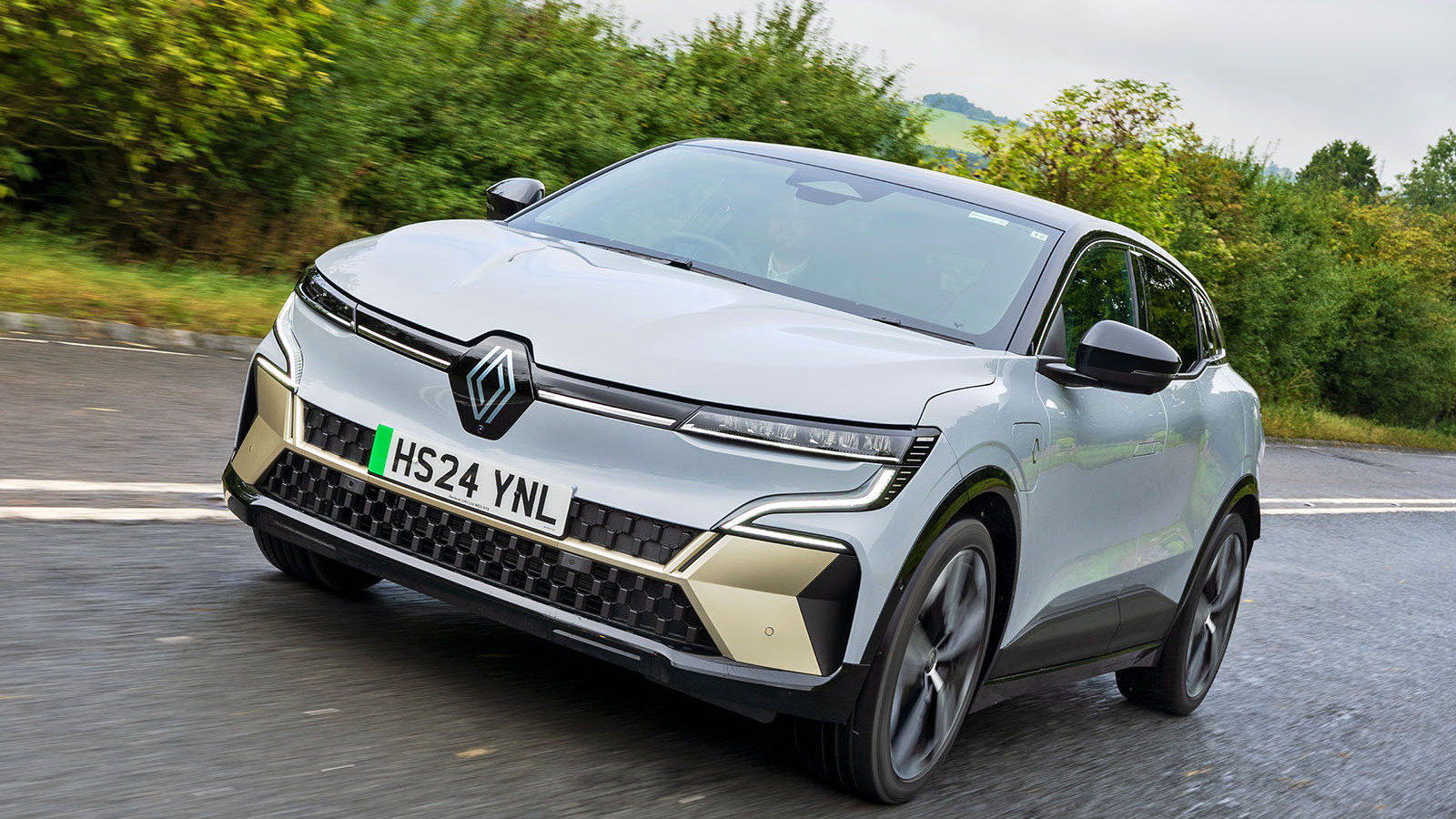 © Renault
© Renault -
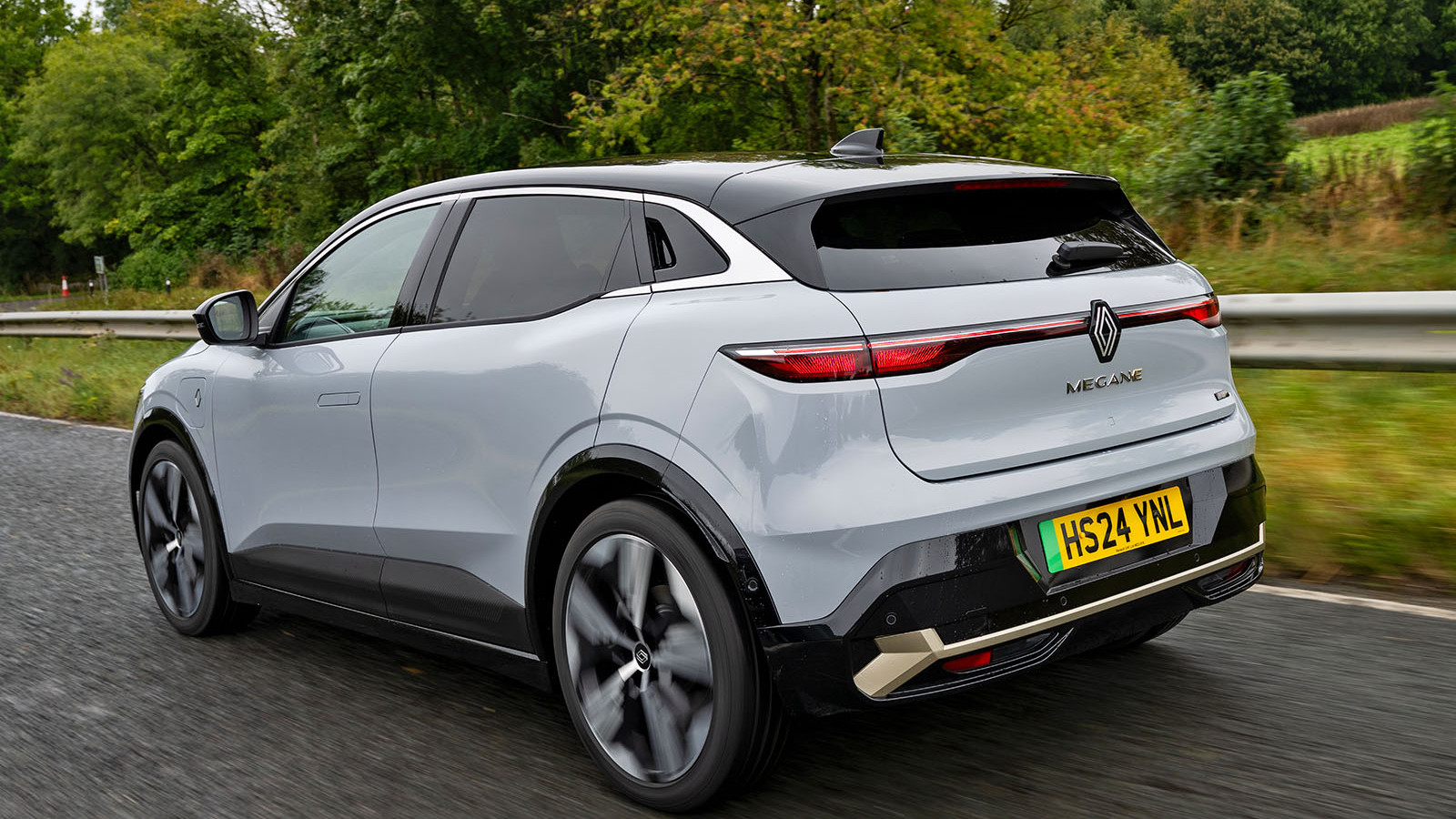 © Renault
© Renault -
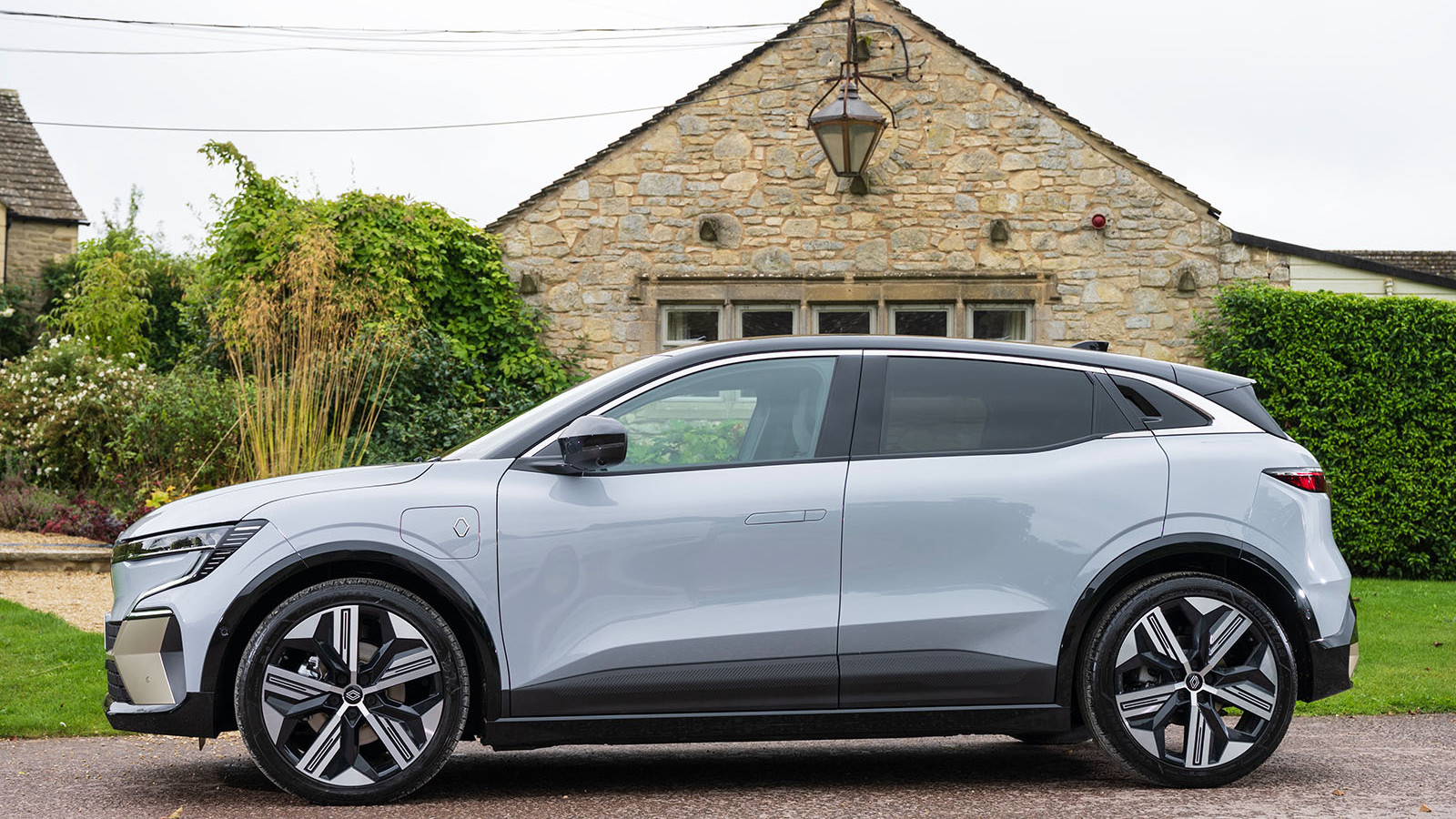 © Renault
© Renault -
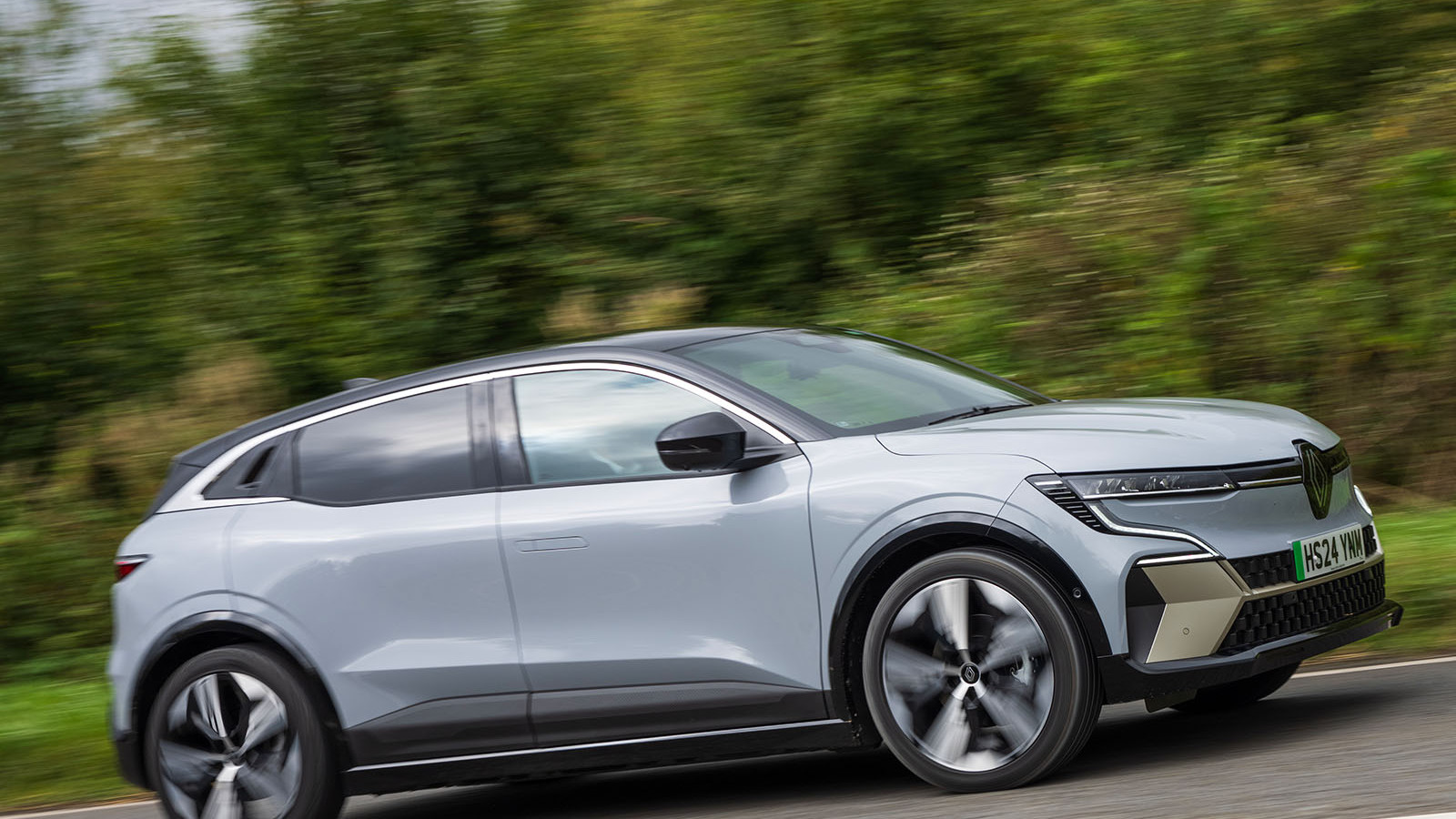 © Renault
© Renault -
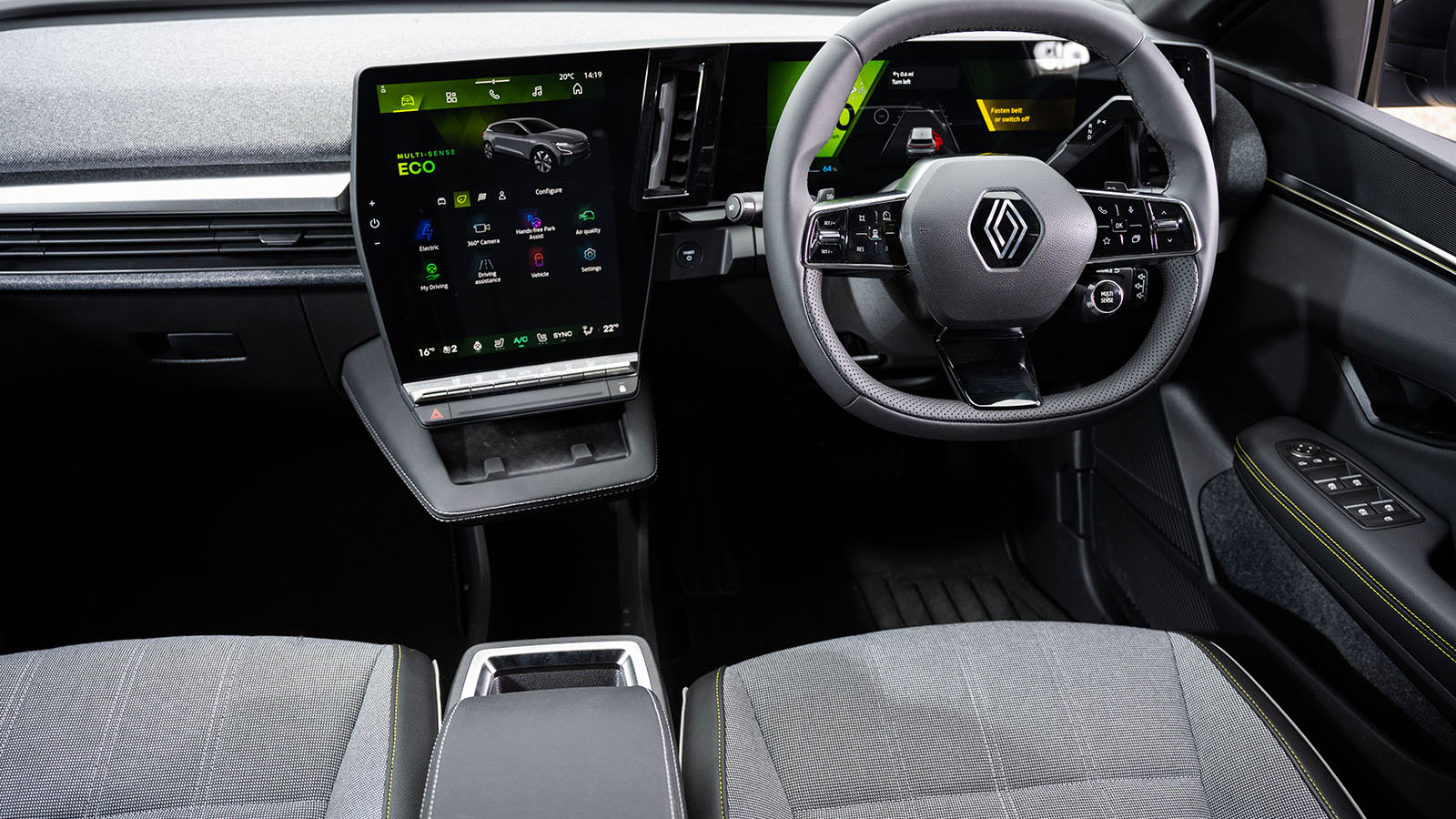 © Renault
© Renault -
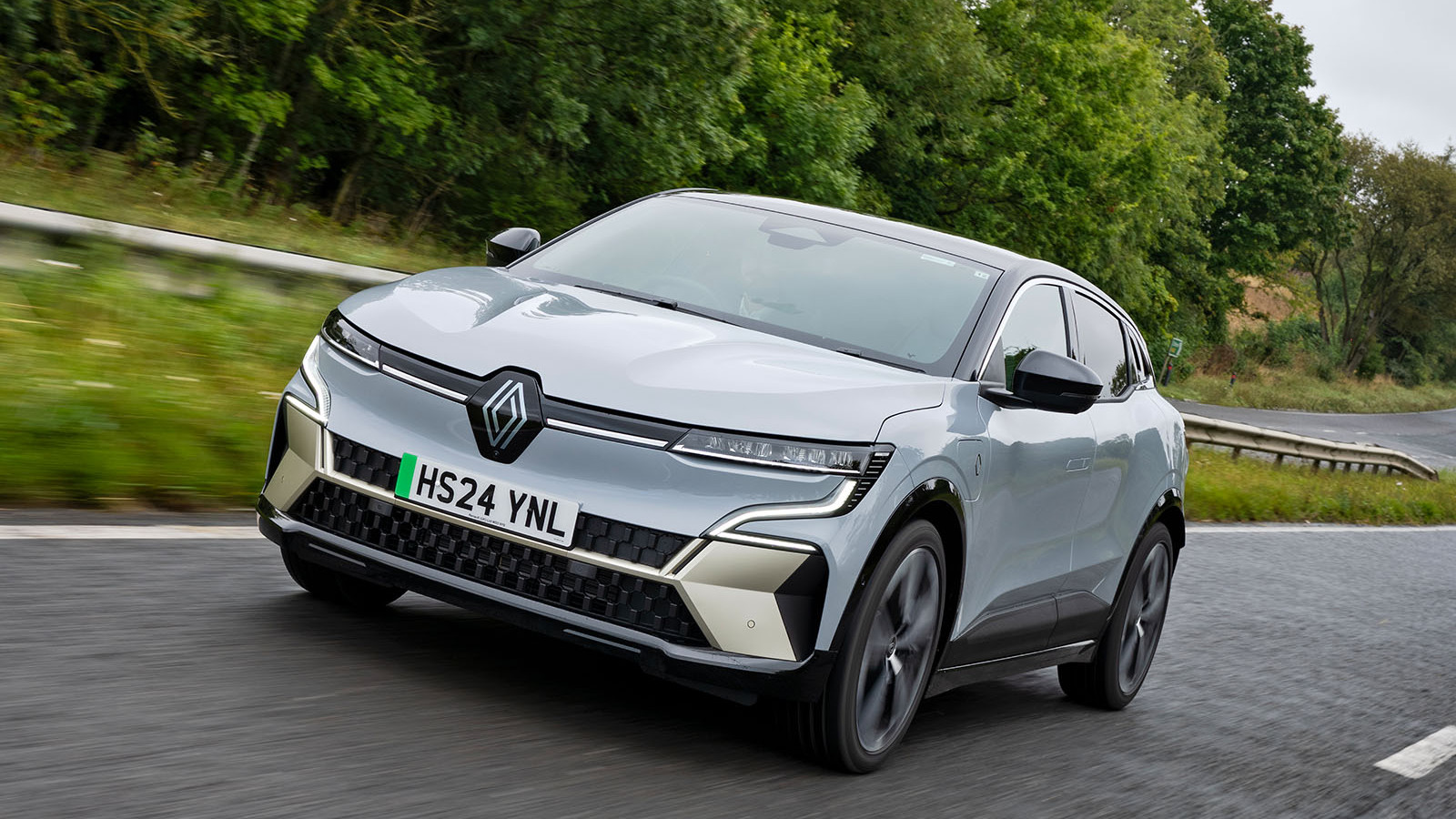 © Renault
© Renault -
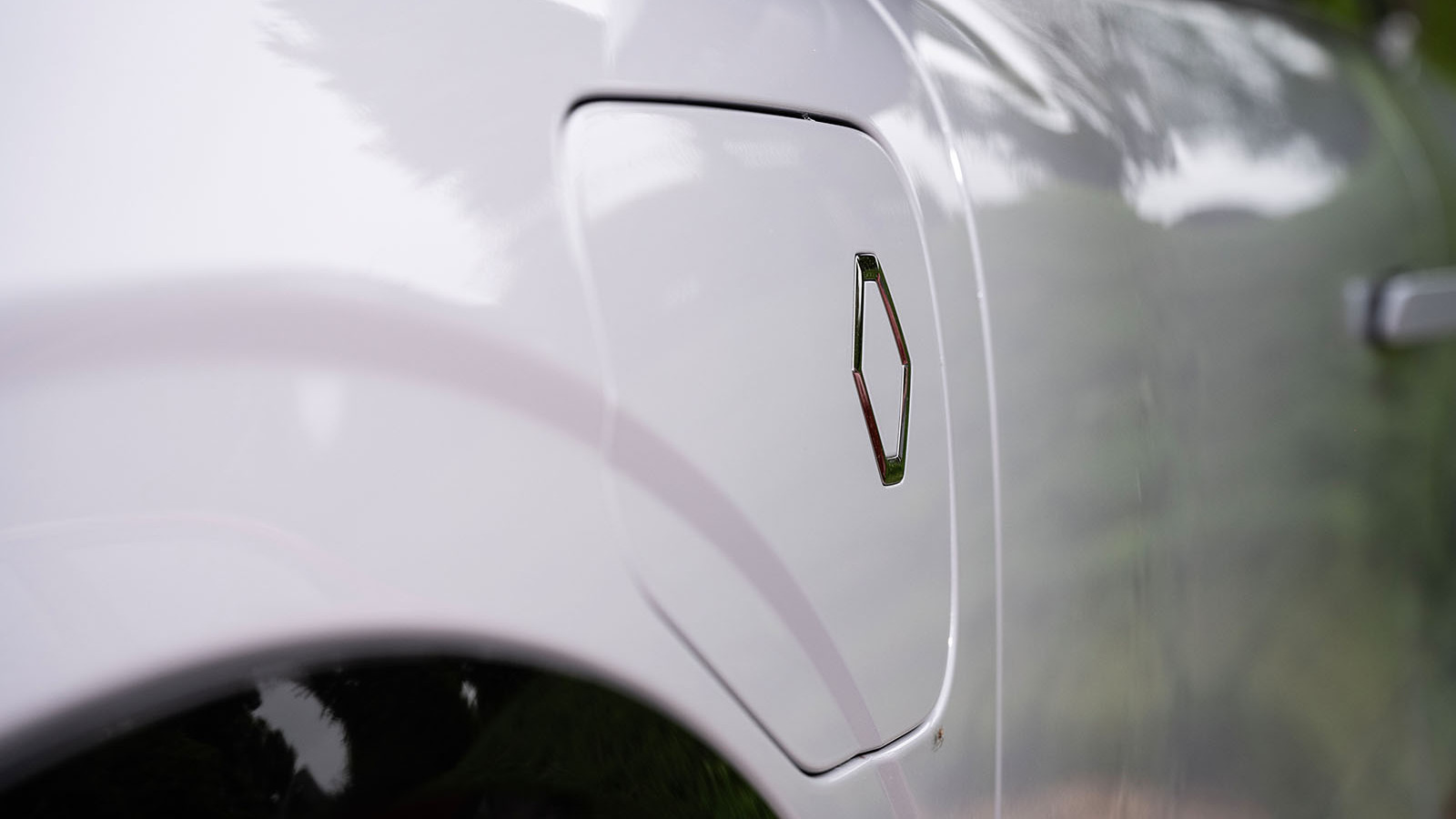 © Renault
© Renault -
 © Renault
© Renault -
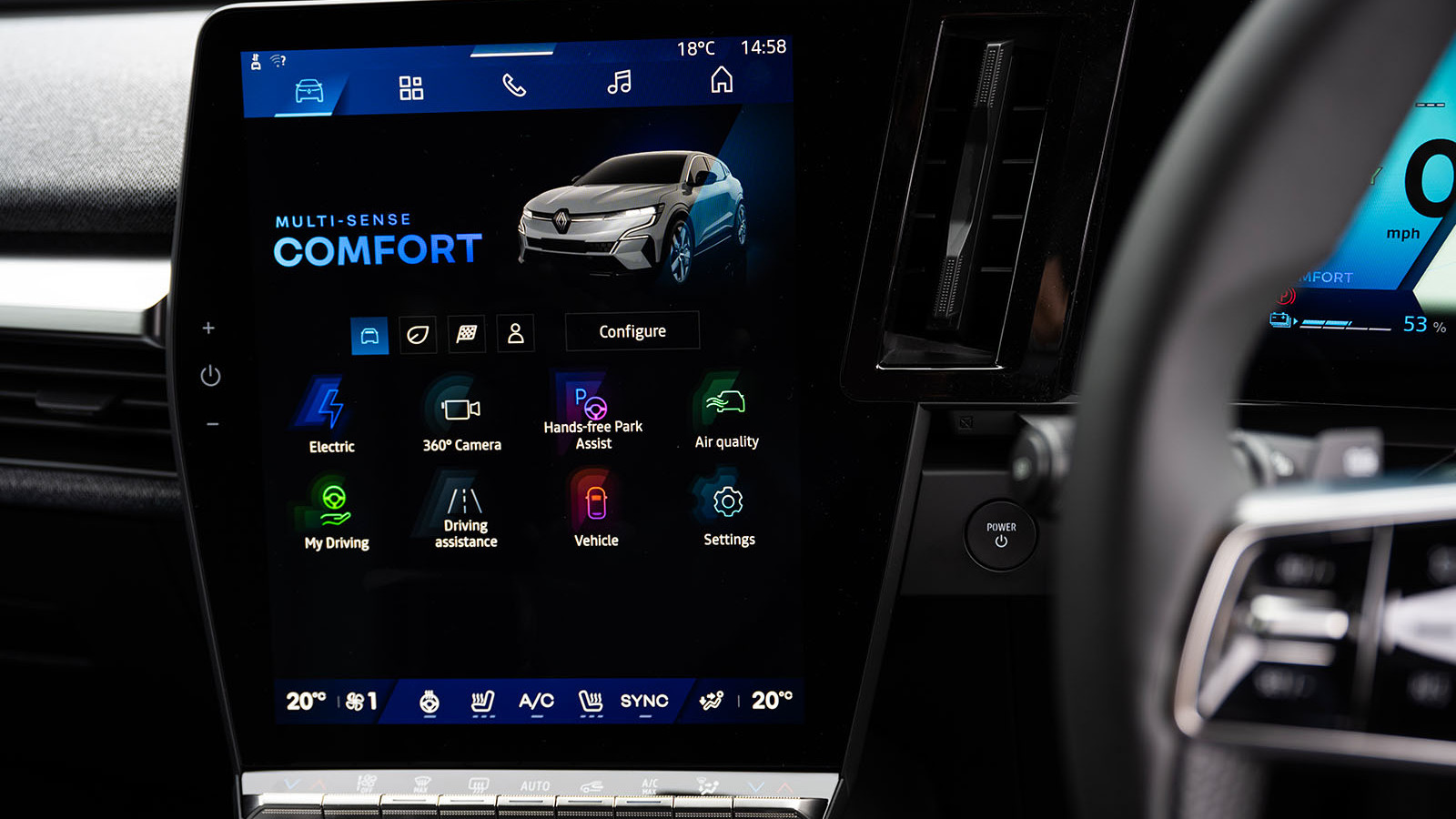 © Renault
© Renault -
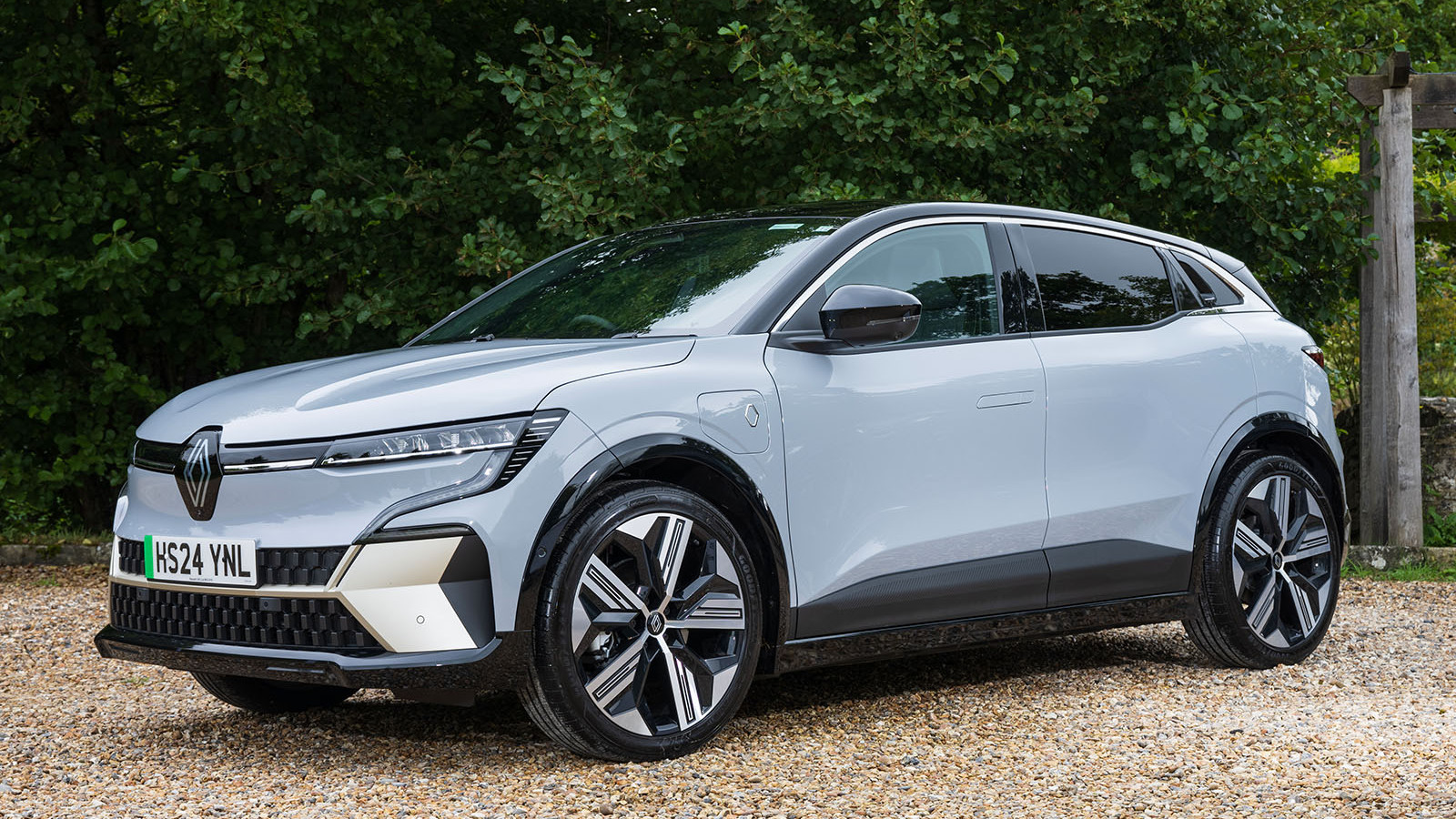 © Renault
© Renault -
 © Renault
© Renault -
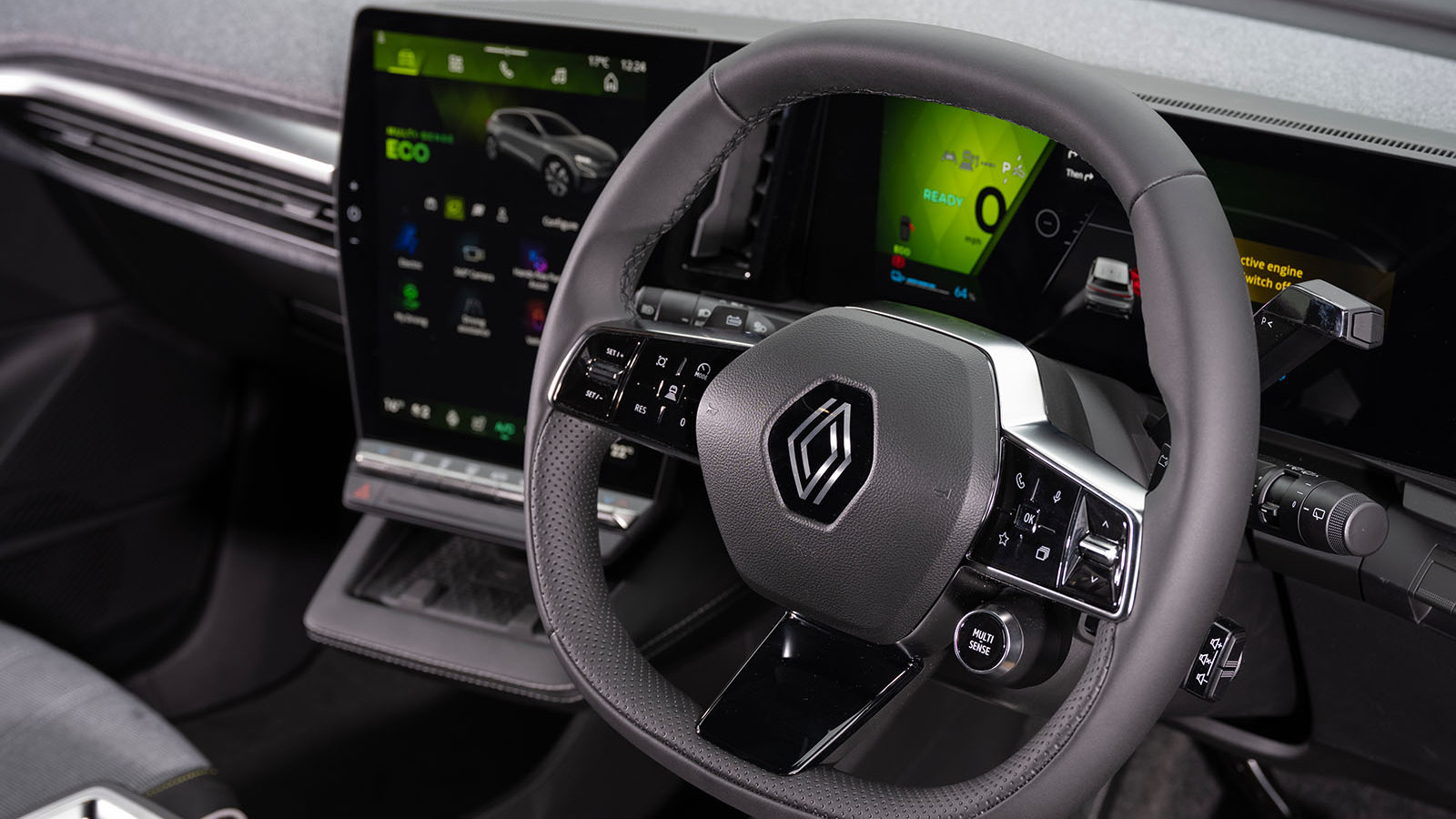 © Renault
© Renault -
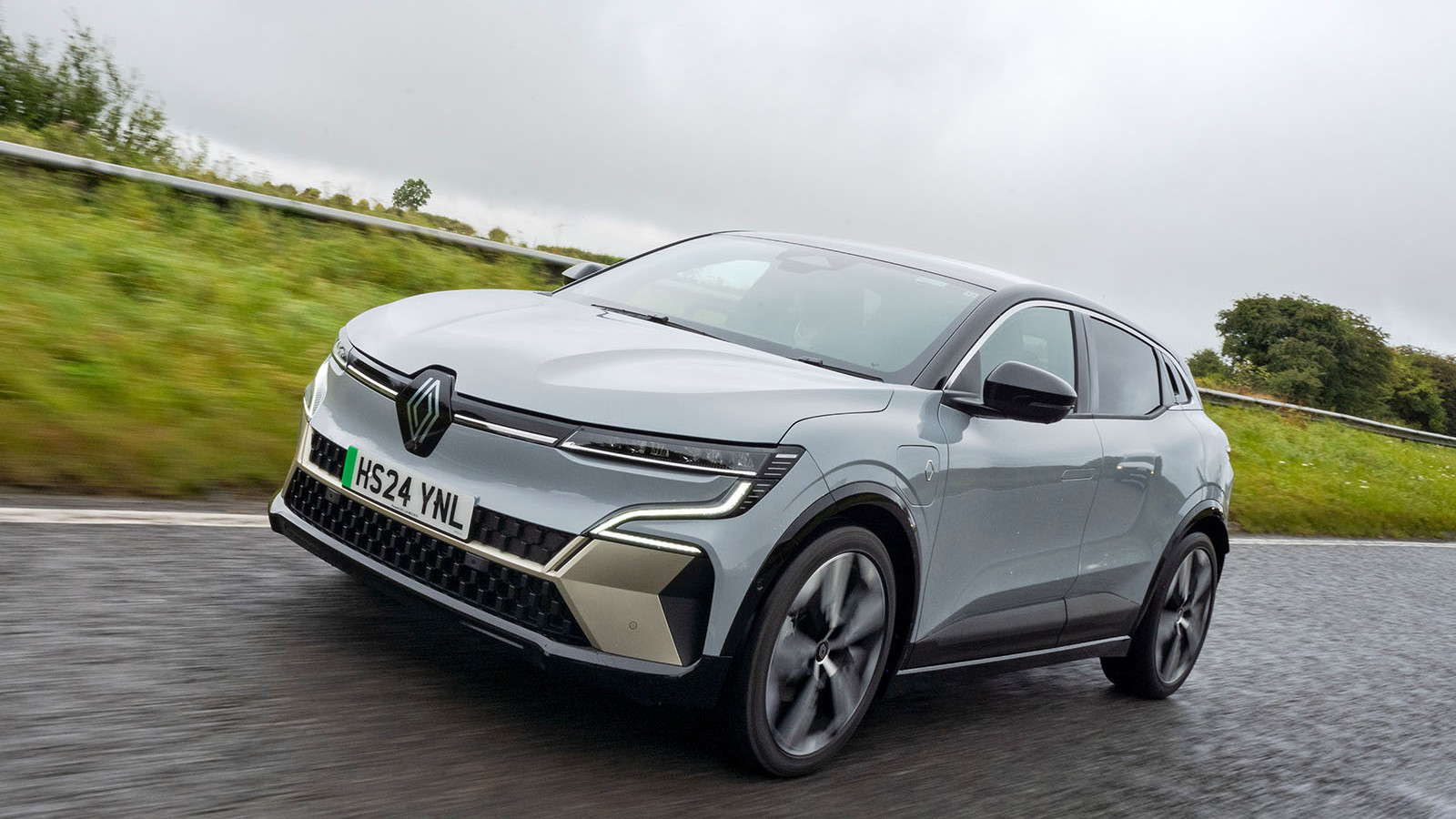 © Renault
© Renault -
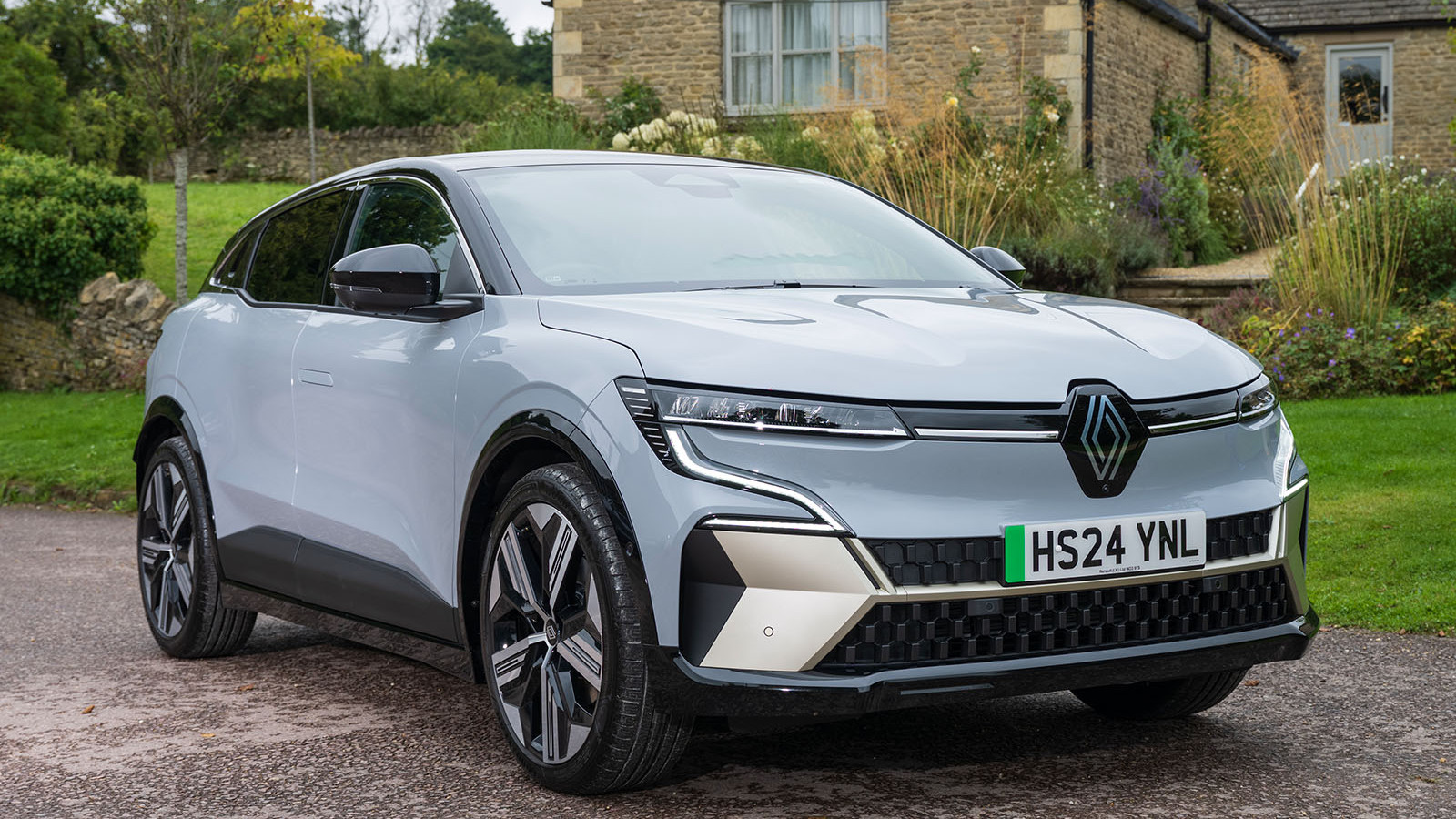 © Renault
© Renault
-
The handsome-looking Renault Megane E-Tech has never had a problem with standing out from the crowd with its styling by renowned designer Gilles Vidal.
-
When you consider the fact that you could buy slightly more ordinary-looking Ford Focus or Volkswagen Golf for the same sort of money, the Megane, with its concept-car styling and SUV-like proportions - looks to be a tempting choice.
-
But when we drove the pre-facelift car in 2022, its average efficiency and range, limited rearwards visibility, and some elements of its driving experience meant we didn’t like it all that much.
-
Renault has, therefore, introduced a round of upgrades for 2024 to address some of these issues. Along with a £500 price drop, a heat pump is fitted to all cars as standard, boosting claimed range by up to 9%.
-
Not only this, but as standard you get a 12.0in infotainment touchscreen to replace the old 9.0in display, and all cars now get 'contextual' adaptive cruise control (which adjusts speed according to sharp bends or roundabouts).
-
Underneath, things are just as they were. You get a 60kWh battery with an electric motor that produces 215bhp and 221lb ft. 62mph arrives in 7.5sec, and energy efficiency is claimed at 4.7mpkWh.
-
Back in 2022, the testers at our sister title Autocar only managed to squeeze 3.3mpkWh from the original car (over the course of a full road test, and accounting for performance testing in the average).
-
The introduction of the heat pump has clearly improved things, however. Over a 75-mile route combining fast A-roads and towns, we averaged 4.1mpkWh, which should give 250 miles to a charge: a showing that might even shade the car’s key rivals (Cupra Born, Kia Niro EV).
-
The new touchscreen is also a great addition to the package. It is slick and responsive with clear graphics and the integration of Google Maps makes it quite intuitive. Moreover, despite it being three inches larger than before, its low mounting means it never intrudes on your view out.
-
But because the car's overall design and proportions are unchanged, issues with visibility are still there. The tiny rear window is joined by B and C pillars which are thick enough to introduce significant over-shoulder blindspots at junctions.
-
Elsewhere inside, the new Megane has a reasonable amount of legroom, but its sloping roofline makes headroom quite tight for people who are over six foot tall. Boot space is slightly more commodious, with 440 litres when the seats are in their normal position. This is more than the Ford Focus (375 litres) and Vauxhall Astra (422 litres). With the seats folded flat, the Megane offers 1332 litres of space.
-
When you're behind the wheel, the Megane's light steering feels a little more progressive than before, and its ride is supple enough and tightly controlled (even on 20in wheels), although it can’t quite match the Volkswagen Golf for refinement. It does have a tendency to wallow a little in tighter bends, but it generally handles itself quite well.
-
The power delivery from its front-mounted electric motor is smooth, progressive and responsive, with 215bhp and a 0-62mph time of 7.5sec. Its 99mph top speed is a little pedestrian, but it’s hardly likely to be a deal-breaker.
-
Aside from this and the issues with visibility, the upgrades to the Megane not only make it a more rounded car than it was before, but bring its efficiency, on-board tech levels and driveability up to a standard that is competitive with the class.
